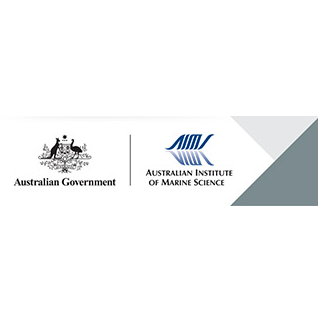Brief description
This study was designed to test the effect of heat-evolved macroalgal symbionts against bleaching tolerance in juvenile corals in response to a simulated heatwave. Juveniles of the coral Acropora tenuis were infected with either wildtype (WT10) or heat-evolved (SS1 or SS8) strains of the Symbiodiniaceae species Cladocopium C1acro (formerly Cladocopium goreaui 2–4). The juveniles were maintained at ambient conditions (27°C) for 10 months at which time their size was measured. Growth, survival, and metabolism data were collected following a simulated heatwave (31°C for 41 days). Photographs and PSII maximum quantum yields (Fv/Fm) were collected throughout the heat stress period, stable isotope incubation and cell counts were carried out on day 39, and respirometry on days 40-41. Symbiodiniaceae cell densities per juvenile were quantified to assess bleaching. Statistical analyses were run in R and respirometry data was analysed using the respR package. Full methods and technical details are found in the paper https://ssrn.com/abstract=3981099Lineage
Maintenance and Update Frequency: asNeededNotes
CreditQuigley, KM. Australian Institute of Marine Science (AIMS)
Alvarez Roa, C. (AIMS)
Raina, JB. University of Technology, Sydney (UTS)
Pernice, M. (UTS)
van Oppen, MJH. (AIMS) and University of Melbourne
Modified: 17 10 2024
text: westlimit=146.862133; southlimit=-19.10415; eastlimit=146.862133; northlimit=-19.10415
text: westlimit=146.85; southlimit=-19.168333; eastlimit=146.85; northlimit=-19.168333
Quigley, K.M., Alvarez-Roa, C., Raina, JB. et al. Heat-evolved microalgal symbionts increase thermal bleaching tolerance of coral juveniles without a trade-off against growth. Coral Reefs 42, 1227–1232 (2023). https://doi.org/10.1007/s00338-023-02426-z
doi :
https://doi.org/10.1007/s00338-023-02426-z![]()
Harianto, J, Carey, N, Byrne, M. respR—An R package for the manipulation and analysis of respirometry data. Methods Ecol Evol. 2019; 10: 912– 920. https://doi.org/10.1111/2041-210X.13162
- global : 1e13ab6e-e546-44f2-a007-061c2815268a


